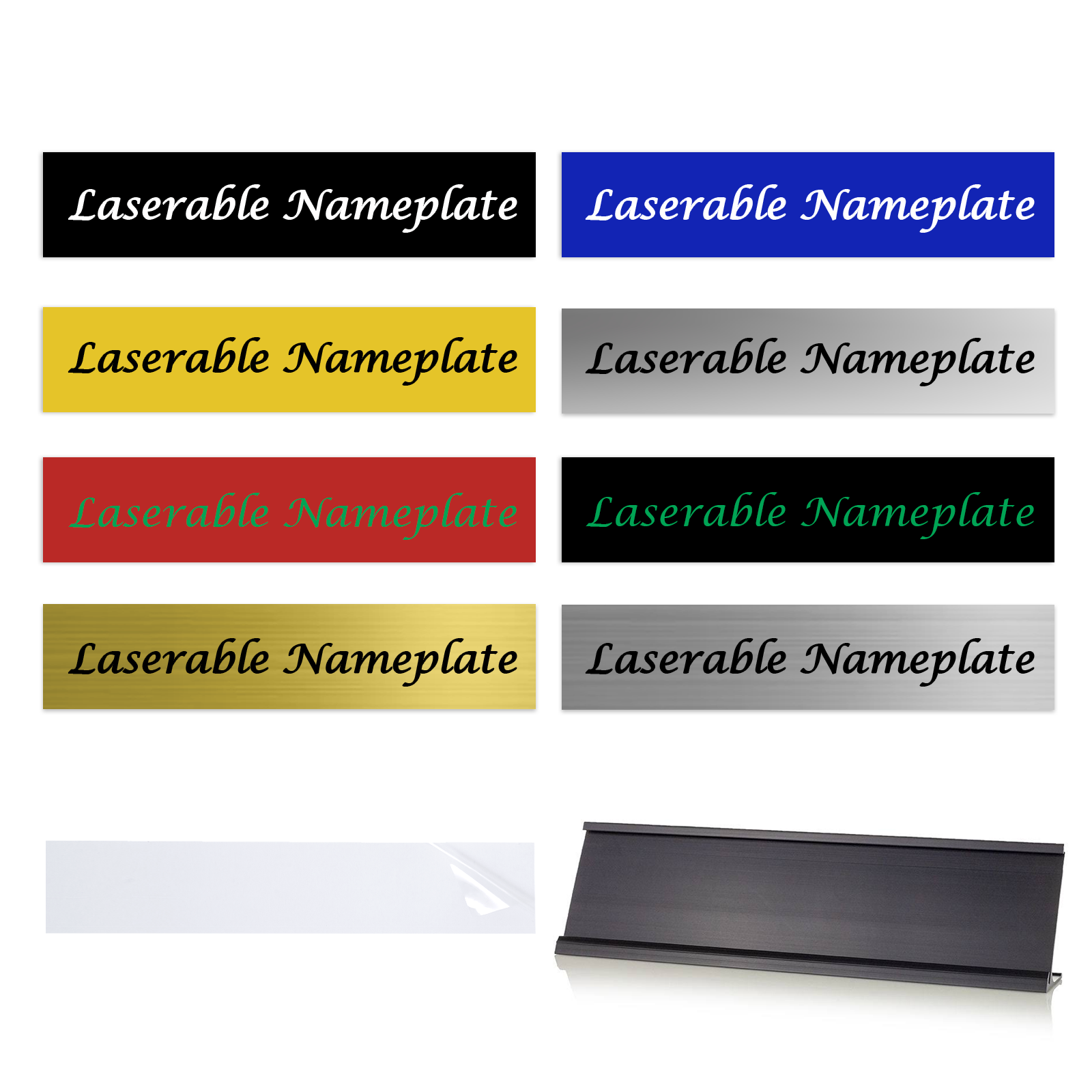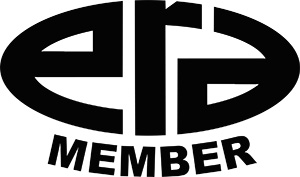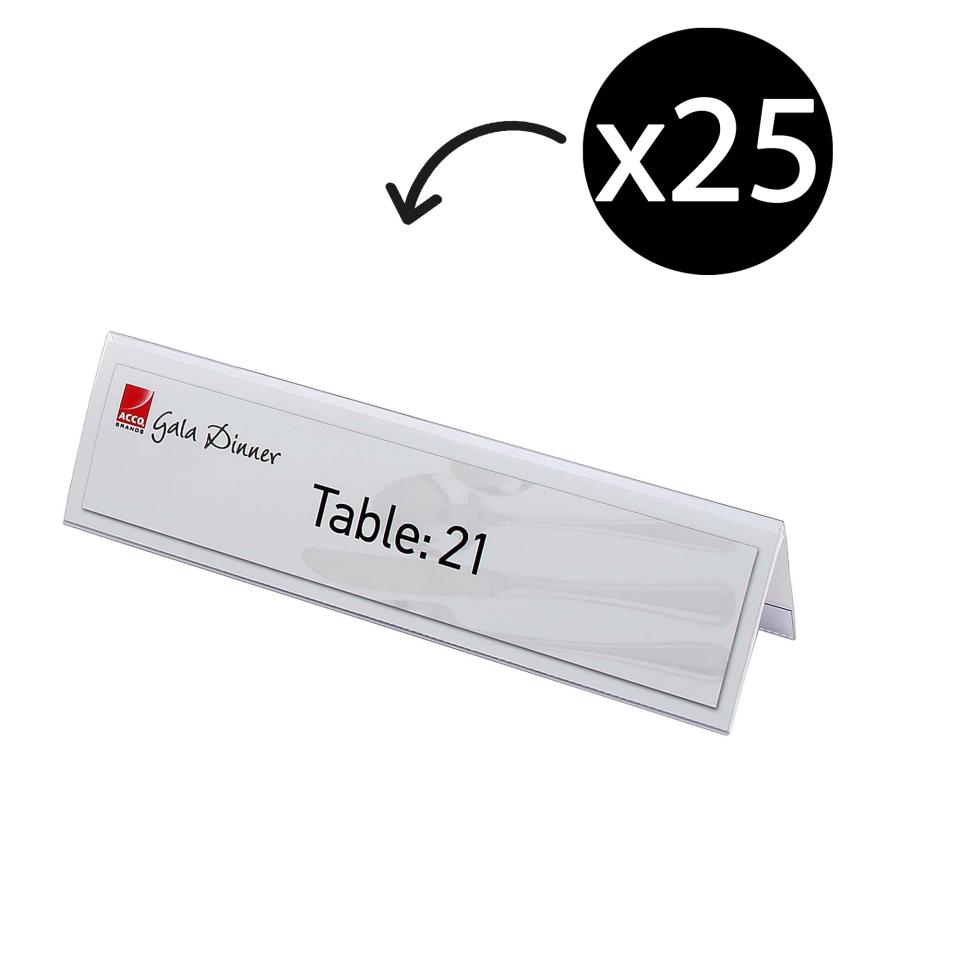How Plastic Nameplates Help Improve Facility Navigation and Signage
Understanding Exactly How Plastic Nameplates Job: Insights Into Their Capability and Benefits
Plastic nameplates are necessary tools for identification and interaction in various environments. Constructed from long lasting products like acrylic and PVC, they offer both durability and visual charm. Numerous printing techniques improve their presence and branding possible. Recognizing their functionality reveals not only their functional applications but also the benefits they offer organizations. As industries develop, the function of plastic nameplates might change, prompting a closer take a look at their continuous importance and development.
The Materials Behind Plastic Nameplates
Plastic nameplates are crafted from a range of materials, each chosen for its special properties and suitability for various applications. Typical products consist of acrylic, polycarbonate, and PVC, each offering unique benefits. Polymer is preferred for its quality and lightweight nature, making it suitable for indoor use and screen functions. Polycarbonate, understood for its high effect resistance, is frequently chosen for environments where toughness is essential (Plastic Nameplates). PVC, on the other hand, supplies a cost-effective solution with decent weather resistance, suitable for outdoor applications.Additionally, the selection of product can affect aspects such as color retention, ease of printing, and total visual appeal. This option process warranties that the end product satisfies particular demands, whether for branding, identification, or decorative objectives. Recognizing the residential properties of these materials helps in making educated decisions when choosing plastic nameplates for various demands
Manufacturing Processes of Plastic Nameplates
The production processes of plastic nameplates encompass several vital actions that assure quality and sturdiness. Secret elements include material option strategies, different printing methods, and completing and finishing options. Understanding these aspects is necessary for generating efficient and visually pleasing nameplates.
Material Selection Strategies
Selecting the ideal materials for making plastic nameplates is essential for guaranteeing toughness, visual appeal, and functionality. Different plastic kinds are available, each offering unique properties suited for various applications. Polyvinyl chloride (PVC) is popular for its cost and resistance to ecological factors, making it perfect for exterior usage. Acrylonitrile butadiene styrene (ABDOMINAL MUSCLE) provides improved influence resistance and is commonly picked for its superior strength and flexibility. In addition, polycarbonate is preferred for applications calling for transparency and high effect resistance. The option process involves thinking about factors such as the meant use, ecological direct exposure, and preferred aesthetic qualities. Eventually, cautious product selection greatly affects the performance and durability of plastic nameplates, catering to diverse industry needs.
Printing Techniques Overview
Product option prepares for the subsequent printing techniques utilized in creating plastic nameplates. Various strategies, such as screen printing, electronic printing, and pad printing, are employed to accomplish long lasting finishes and top quality layouts. Screen printing is favored for its capacity to produce lively shades and appropriates for huge runs. Digital printing, on the various other hand, uses versatility and precision, making it optimal for smaller sized orders with variable information or complex layouts. Pad printing enables for the transfer of images onto uneven surfaces, fitting complicated shapes. Each printing approach adds uniquely to the final product's look and durability, making certain that the nameplates successfully convey the intended message and hold up against ecological factors.
Finishing and Covering Options
Ending up and layer choices play a necessary duty in improving the resilience and visual allure of plastic nameplates. Numerous strategies, such as UV finishing, give a safety layer that resists scrapes and fading, significantly expanding the product's lifespan. In addition, laminating choices can offer a shiny or matte surface, allowing for personalization to match branding needs. Plating and electroplating are likewise prominent methods, adding a metal shine while boosting deterioration resistance. These finishings not only improve appearance but additionally add to the nameplate's performance by safeguarding versus environmental aspects. Specialized coatings, such as anti-graffiti layers, assurance that nameplates maintain their legibility and aesthetic appeal in challenging conditions. As a result, the best completing and coating selections can substantially improve the total value of plastic nameplates.
Style Options for Personalization
While checking out design alternatives for personalization, one discovers a large variety of opportunities that can enhance the practical and visual charm of plastic nameplates. Shade selection is a key factor to consider, as lively hues can stand out while neutral tones advertise expertise. Different typeface selections and dimensions additionally individualize nameplates, guaranteeing legibility and alignment with brand name identity.Incorporating logo designs or images includes a distinctive touch, reinforcing business branding. Furthermore, form customization permits special layouts, ranging from common rectangles to much more complex kinds, satisfying specific motifs or environments.Textures such as matte or glossy coatings can likewise influence the total appearance, giving a responsive dimension. Furthermore, the integration of decorative aspects like backgrounds or boundaries improves visual interest. These customization choices collectively make it possible for organizations to produce plastic nameplates that properly communicate their identification and message while meeting practical requirements.

Toughness and Long Life of Plastic Nameplates
Numerous elements influence the toughness of plastic nameplates, the option of material and manufacturing processes plays a substantial duty in their longevity. Top quality plastics, such as polycarbonate and acrylic, are often picked for their intrinsic resistance to uv, weather condition, and influence radiation. These products can withstand harsh ecological conditions without substantial deterioration, assuring that nameplates stay undamaged over time.Furthermore, progressed manufacturing techniques, such as shot molding and laser engraving, contribute to the robustness of plastic nameplates. These procedures create precise and sturdy inscriptions that stand up to fading and wear. In addition, safety finishings might be put on boost resistance to chemicals and scrapes, further extending their lifespan.Ultimately, the mix of high quality materials and efficient production procedures ensures that plastic nameplates maintain their functionality and appearance for years, making them a reliable option for various applications.
Applications Throughout Different Industries
Plastic nameplates serve a selection of crucial features across different you could try this out markets. They are generally made use of for commercial devices identification, making certain clear labeling for safety and operational performance. Additionally, they supply efficient office signage solutions and play an essential duty in safety and security and conformity markings, highlighting their flexibility and significance in diverse environments.
Industrial Equipment Recognition
Efficient commercial tools recognition is essential across different sectors, as it ensures safety, efficiency, and compliance with regulatory requirements. Plastic nameplates act as an important device in this process, giving clear and sturdy identification for equipment and devices. Industries such as building, production, and energy utilize these nameplates to display vital information, consisting of operating guidelines, risk cautions, and maintenance timetables. Their resilience to rough atmospheres warranties that vital information remains obtainable, lowering the risk of mishaps and functional downtime. In addition, adjustable attributes allow for branding and particular labeling demands, making plastic nameplates flexible throughout applications. In general, effective equipment recognition with plastic nameplates fosters a much safer office while enhancing productivity in varied industrial setups.
Office Signs Solutions

In various markets, the significance of clear interaction prolongs beyond commercial equipment to office atmospheres where signage plays a crucial role. Plastic nameplates serve as efficient workplace signage options, supplying necessary info such as staff member names, work titles, and department designations. These nameplates improve professionalism and reliability and cultivate an inviting environment, assisting both staff and site visitors in steering the work area. Furthermore, they supply personalization alternatives, allowing organizations to straighten signage with branding and aesthetic preferences. In setups like health centers, schools, and corporate workplaces, clear and sturdy signage assurances reliable communication and adds to organizational effectiveness. Eventually, the use of plastic nameplates in workplace atmospheres not only improves quality but also promotes a orderly and natural work space.
Security and Conformity Markings
While lots of companies focus on aesthetic appeals and branding in their safety, signs and compliance markings are equally necessary across various sectors. These markings work as important devices for communication, guaranteeing that employees and customers are aware of possible risks, safety protocols, and governing requirements. In manufacturing, for instance, plastic nameplates typically present warning tags and use directions to mitigate risks. In medical care, conformity signage educates workers regarding health techniques and equipment usage, thus advertising a risk-free setting. Additionally, the longevity of plastic nameplates makes them suitable for various settings, withstanding wear and tear from environmental aspects. In general, safety and compliance markings enhance operational effectiveness, promote health, and guarantee adherence to sector requirements, making them important in modern-day offices.
Advantages of Making Use Of Plastic Nameplates
Countless advantages make plastic nameplates an appealing option for services and companies. One primary benefit is their sturdiness; plastic nameplates are resistant to fading, moisture, and various environmental factors, guaranteeing longevity in varied setups. Furthermore, they are light-weight, making them very easy to move and mount as needed.Cost-effectiveness is an additional significant benefit. Plastic nameplates typically call for lower production prices contrasted to metal or timber options, enabling companies to keep spending plans while achieving professional branding. Their convenience additionally stands apart, as they can be customized in numerous shapes, dimensions, and shades to match branding requirements.Furthermore, plastic nameplates can be conveniently printed with high-resolution layouts, promoting clear visibility and efficient communication. Finally, they are usually made from recyclable products, aligning with ecologically conscious methods. These mixed benefits boost the functionality and appeal of plastic nameplates for a range of applications in various industries.

Tips for Selecting the Right Nameplate for Your Needs
Selecting the appropriate nameplate can substantially improve an organization's branding and interaction efforts. To make an educated choice, one have to first think about the product. Plastic nameplates offer durability and convenience, making them suitable for numerous environments. Next off, evaluate the layout elements, including dimension, color, and font style, guaranteeing they line up with the company's branding guidelines.Additionally, it is crucial to assess the desired use of the nameplate. For instance, if it requires to hold up against outside problems, choosing UV-resistant alternatives is a good idea. Modification is one more vital YOURURL.com variable; customized nameplates can mirror uniqueness and professionalism.Lastly, budget plan considerations need to not be neglected. Contrasting costs across different vendors while considering top quality will aid in finding an appropriate remedy. By taking these elements right into account, companies can choose a nameplate that successfully communicates their identity and purpose.
Regularly Asked Inquiries
Can Plastic Nameplates Be Recycled After Use?
Plastic nameplates can be recycled, depending on the type of plastic used and local reusing centers. Correct disposal and reusing techniques add to ecological sustainability, encouraging the reduction of plastic waste in garbage dumps.
Exactly how Do I Tidy and Preserve My Plastic Nameplate?

Are Plastic Nameplates Waterproof or Water-Resistant?
Plastic nameplates typically display water-resistant residential or commercial properties, shielding them from small moisture exposure. Prolonged submersion or harsh problems might jeopardize their honesty. Customers should consider particular materials and finishes for enhanced waterproof capabilities when selecting nameplates
What Is the Ordinary Life Expectancy of a Plastic Nameplate?
The average lifespan of a plastic nameplate usually varies from five to 10 years, depending on factors such as environmental direct exposure, material top quality, and maintenance. Normal care can expand its functionality and appearance substantially.
Can I Order a Nameplate in a Certain Shape?
Custom-made shape choices for nameplates are frequently available via numerous suppliers. Customers can ask for certain styles, ensuring that the nameplate meets their practical and visual requirements while preserving sturdiness and quality throughout its life-span. Product selection lays the groundwork for the succeeding printing methods made use of in producing plastic nameplates. Many variables influence the durability of plastic nameplates, the choice of material and manufacturing processes plays a considerable role in their long life. These materials can withstand extreme ecological problems without significant deterioration, assuring that nameplates stay intact over time.Furthermore, progressed manufacturing strategies, such as injection molding and laser inscription, contribute to the effectiveness of plastic nameplates. Plastic nameplates can be recycled, depending on the kind see this of plastic used and neighborhood recycling facilities. The ordinary life expectancy of a plastic nameplate generally ranges from 5 to ten years, depending on factors such as environmental direct exposure, material quality, and upkeep.